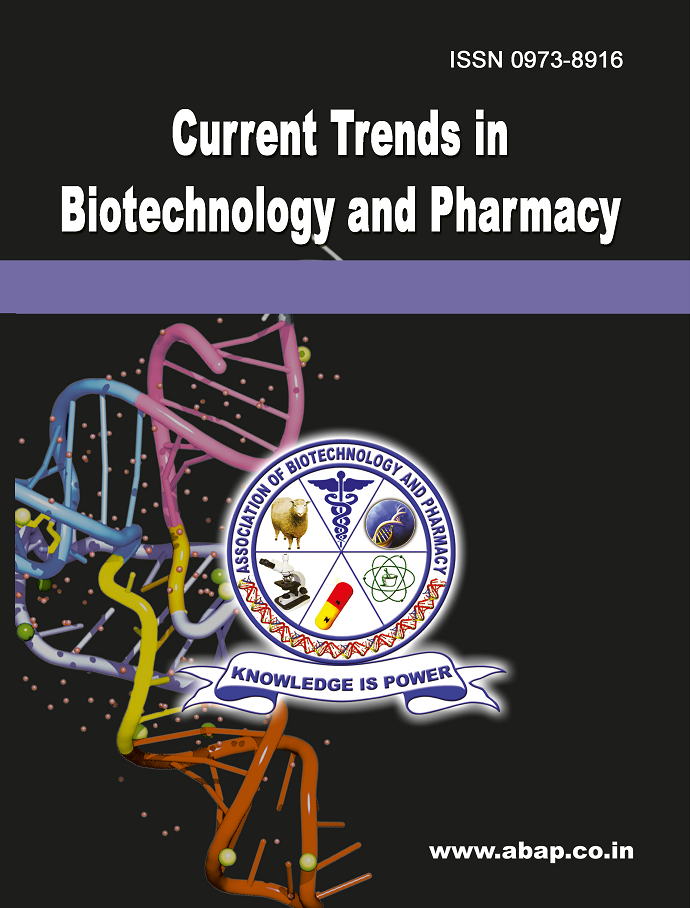Structural Characterization of α-Chitin Extracted from Selected Mollusk Shells
DOI:
https://doi.org/10.5530/ctbp.2025.3.31Keywords:
Chitin, Characterization, FTIR, XRD, SEM, Mollusk shell wastesAbstract
ChitinThe present study was carried out to extract and characterize chitin from selected mollusk (periwinkles, oysters, cowries, and water snails) shell wastes. The extraction of chitin from the shells of the selected mollusks was carried out by the chemical method. The characterization of extracted chitin was carried out using X-ray diffraction (XRD), Fourier transform infrared spectroscopy (FT-IR), and Scanning electron microscopy (SEM). The chitin yield from these shells ranged from 57.95 % to 70.9 % on a dry-weight basis. Analyses using XRD, FT-IR, and SEM confirmed that the chitin obtained was of the α-form. Using XRD, the extracted chitin’s crystallite size and crystallinity index varied between 29.16 nm and 40.8 nm, and 16.73% to 44.36%, respectively. FTIR analysis revealed characteristic peaks at 1684.8 cm⁻¹ (C=O stretching, amide I) and 1785.4 cm⁻¹ (C=O stretching in the NHCOCH₃ group). SEM images showed a rough surface texture and a fibre-like structure of the extracted chitin. These findings indicate that the α-chitin produced can enhance mechanical interlocking, when used in composite materials, potentially enhancing bonding with substances. The findings of this study suggest that chitin is not only abundant in mollusk shell wastes, but the obtained chitin also possesses favourable structural properties for various applications.



